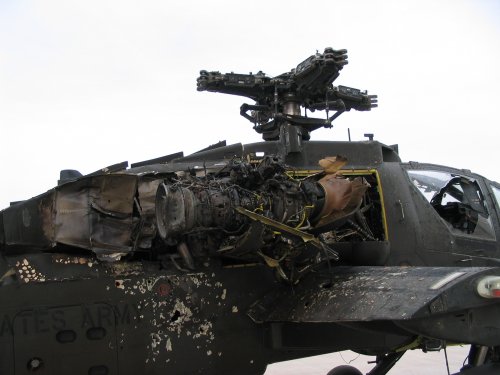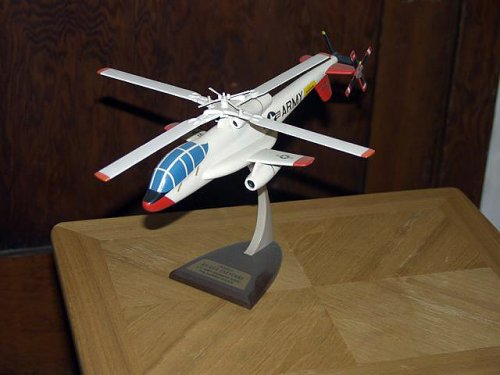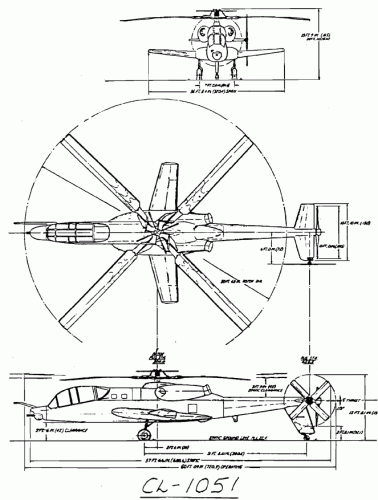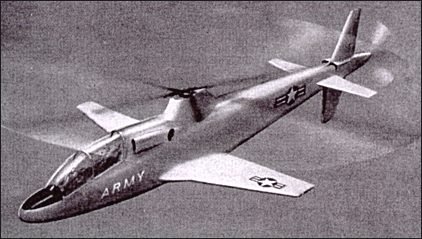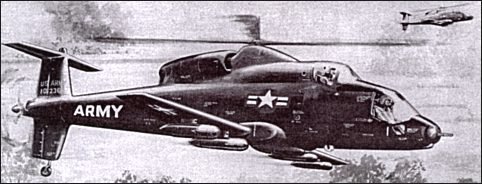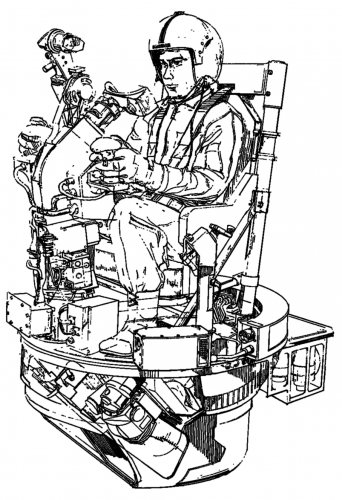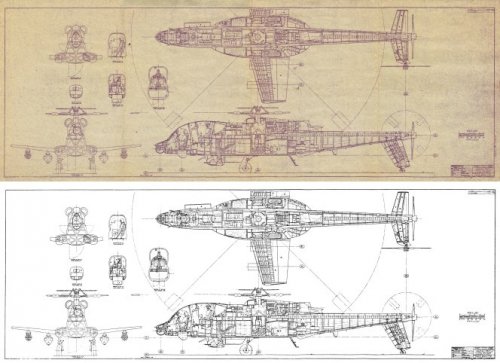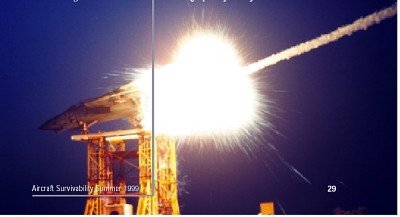- Joined
- 18 March 2008
- Messages
- 3,529
- Reaction score
- 956
A few pages back I made some comments about the AH-56 vs AH-64 when this thread had its last period of activity (May ’09). To summarise I don’t think the AH-64 has any real design advantages over the AH-56 for its mission apart from the systems advantages brought about by 20 years of technology advance.
While the AH-56 was very fast it was also much better at hovering than a conventional helicopter; being able to change its hover pitch. This would make it a better platform for Hellfire and shoot from cover tactics. Not to mention much better at shooting rockets and guns.
Also the AH-56 carried more armour than the AH-64. While the AH-64 had separated engines for redundancy from a single hit this does not necessarily increase protection as it requires a much larger surface area to be protected increasing the weight of armor. The AH-56’s compact single or twin pack engine enables much thicker armour to be carried for the same weight as the AH-64. Despite the increased vulnerability this makes to a heavy calibre penetrating shot (57mm) the AH-56’s much better autorotation potential (thanks to the tail rotor) enables it to get to the ground far safer than other single or twin pack engine helicopters after power loss. Also the more to the rear mounting of the AH-56’s exhaust makes for better IR protection.
Then of course was all the extra money spent on upgrading AH-1s, designing and building the AH-64 that could have been spent on AH-56 production in the 1970s and 80s. This means by 1990 the US Army could have had an all AH-56 fleet with Hellfire rather than 600 AH-64 with Hellfire and 1,000 AH-1 with TOW. All in all US Army would have been much better off if they stuck to their guns and went with AH-56 production rather than launching the AAH project. Of course USAF, US Congress and the US Army’s own leadership and the best efforts of Sikorsky, Bell and Hughes stood in the way of this path.
While the AH-56 was very fast it was also much better at hovering than a conventional helicopter; being able to change its hover pitch. This would make it a better platform for Hellfire and shoot from cover tactics. Not to mention much better at shooting rockets and guns.
Also the AH-56 carried more armour than the AH-64. While the AH-64 had separated engines for redundancy from a single hit this does not necessarily increase protection as it requires a much larger surface area to be protected increasing the weight of armor. The AH-56’s compact single or twin pack engine enables much thicker armour to be carried for the same weight as the AH-64. Despite the increased vulnerability this makes to a heavy calibre penetrating shot (57mm) the AH-56’s much better autorotation potential (thanks to the tail rotor) enables it to get to the ground far safer than other single or twin pack engine helicopters after power loss. Also the more to the rear mounting of the AH-56’s exhaust makes for better IR protection.
Then of course was all the extra money spent on upgrading AH-1s, designing and building the AH-64 that could have been spent on AH-56 production in the 1970s and 80s. This means by 1990 the US Army could have had an all AH-56 fleet with Hellfire rather than 600 AH-64 with Hellfire and 1,000 AH-1 with TOW. All in all US Army would have been much better off if they stuck to their guns and went with AH-56 production rather than launching the AAH project. Of course USAF, US Congress and the US Army’s own leadership and the best efforts of Sikorsky, Bell and Hughes stood in the way of this path.

